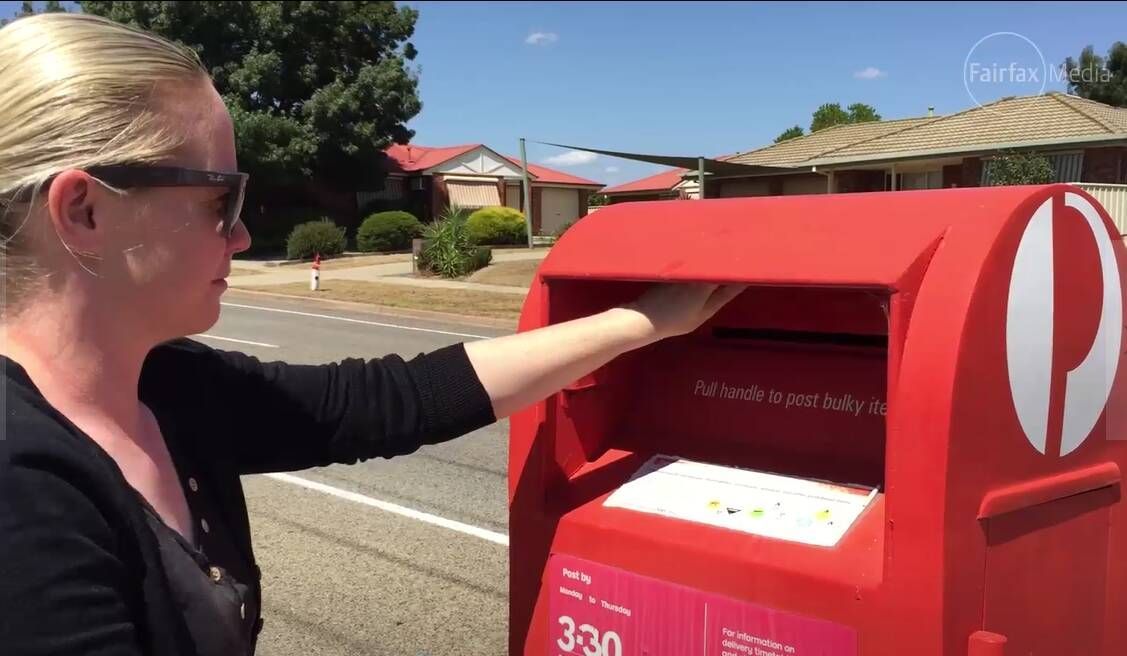Director elections
Annual General Meetings (AGM) for calendar year clubs has prompted me to think about Director elections.

It’s too late for those calendar year clubs, but most clubs run the July to June Financial year, and so their AGMs are due on or before the end of November (no later than five months post the end of their financial year). Depending on your election cycle, this process is either held every year (for annual and triennial cycle clubs) or once every two years (for Biennial cycle clubs).
What then is the process to hold elections for your club? How do you get elected to the board of a registered club if you are keen to step up and contribute to the governance of your club?
The process is actually the same, regardless of the election cycle your club adheres to. Your constitution will outline the parameters of your election process, which you will need to follow and in brief includes:
x Nominations
x Display of Candidate Information
x Voting for the Election
x Announcement of Results
When your club is providing notice of your AGM, if there is an election to be held, then this is usually advised with the Notice of Meeting. Nominations can open before the Notice of AGM is issued to members, so then a notice to advise members of the election and the nomination timings, may be distributed earlier. There is a fairly comprehensive process, the detail of which I have included in a link at the end of this article. In essence, the key points (as outlined above) are:
Nominations
When an election is due, your constitution will advise the period allowed for nominations to be received by the Secretary Manager or the Returning Officer. Usually around four to six weeks before the club AGM is due to be held, nominations will be opened and will close at least 2 weeks prior to the AGM.
Candidate skills and experience should be advised when announcing the opening of nominations, to try to get nominations from those members who can add value to the board. The use of a Diversity (Skills) Matrix, to identify the skills already on the board amongst the current directors, will also assist in framing the skills that would be desirable in any new nominees.
Nominations must be made on the approved club nomination form (I have a template should you need one) which will identify who is nominating, who the nominee is and that the nominee is prepared to accept the nomination. Generally, nominations need to be made by two (2) financial ordinary members and many constitutions will specify how long you need to be a club member before you are eligible to be nominated.
If your club is on the Annual Election cycle, then your members vote for the board by position e.g. President and Vice President and then the rest of the board of ordinary directors (Note: the role of treasurer is now no longer relevant as all directors are equally responsible for the financial well being of the club).
In the Biennial Cycle elections, members generally still vote by position, with a seniority ‘waterfall’ approach. This is where a person can be nominated for President, Vice President and regular Director and depending on which position they are voted into, they can cascade down from the top option to the second option and if they miss that, then the third option. In other words, if they miss out on the senior position, they are still eligible for the next position by seniority.
With the Triennial Cycle elections, the members vote only to elect directors to the board and then the board decide amongst themselves who will hold the executive positions (President and Vice President or Chair and Deputy Chair).
Nominees may withdraw their nomination, provided it is done prior to the close of nominations. Otherwise, once nominated and nominations have closed, a nominee must go through the process, and then if they had wanted to withdraw, they can step down immediately after the AGM.

Display of Candidate Information
Once nominations have closed and the suitable candidates decided, the returning officer will review the number of nominations received. Where the number of nominees is less than or equal to the number of vacancies then most clubs declare the nominees elected to the positions. If there are more nominees than vacancies, then an election must be held. The Returning Officer will then arrange for a ballot to be drawn to set the order of nominees on the voting form. This is done by random selection and is completed with at least one or two other board or club members present to observe the process.
Once the ballot has been finalised, the candidates’ information (profiles) should be displayed at the club (excluding personal information such as home address, email and phone number), on a nominated notice board, so members can get an idea of who to vote for. This information must be displayed in a uniform manner and should be created by the Secretary Manager or Returning Officer to a consistent format and length. The information presented must not favour any particular candidate.
Distribution of ‘How to Vote” information is discouraged and each club’s constitution will usually contain guidance on this. Distribution of this material should not be on club letterhead, nor is it desirable to allow distribution on club premises, although this is subject to the club’s constitution and By Laws.
Voting for the Election
Most clubs favour voting on the day at the AGM. This can be time consuming and unnecessarily extend the duration of the AGM. Many clubs open voting during the week of the AGM, allowing members to vote early and to allow those who may not be able to attend the AGM but want to vote, to have their say in the election.
The ballot box must be secure and the ‘electoral role’ (i.e. the membership database) must be up to date – usually closed off two (2) weeks before the AGM. Ballot papers should be handed only to the members eligible to vote and confirmed as current financial or life members, by the club Secretary or Returning Officer. Their ballot paper should then be placed in the sealed ballot box and the fact that they have voted, recorded.

Some clubs also allow postal voting and this needs separate management to ensure votes are received at or before the AGM and can then be counted. Ballot papers are then handed out to members as they register for the AGM and should vote on the spot, and place the ballot paper into the Ballot Box, to allow counting by the Returning Officer and the scrutineers.
Once the voting is closed, determined either by your constitution or the board of the day, the ballot box is taken away by the Returning Officer and (usually two) scrutineers to count, whilst the rest of the AGM is in progress. Votes incorrectly cast (informal votes) are recorded but not counted, as the total number of votes should also be recorded.
Announcement of Results
Once the count is complete, the Returning Officer will announce the result at the AGM. First however, the relevant positions must be declared vacant, whether all the board (as for annual and biennial elections) or a section of the board, roughly one third each year (as for triennial elections).
Once the positions in consideration are vacant then the announcement of the election result can be made. Positions are announced in order of seniority (when the positions are voted for) or in any order in the case of triennial elections, where everyone is the same level of seniority, until the first board meeting post the AGM, when Executive positions should be determined (when a change is required).
If after the election process has run, there is not a quorum established for the board, then the directors on the board must work quickly and diligently to appoint the required number of directors to achieve a quorum. Without a quorum, you really don’t have a board, and certainly not one that can make any specific decisions. But that is a topic for another day.
If you need more information, I have attached the complete guide for Director elections here. If you need assistance in running the election, or additional guidance for your club director election, contact Managing Consultant Ron Browne ron@extrapreneurservices.com.au 0414 633 423.









